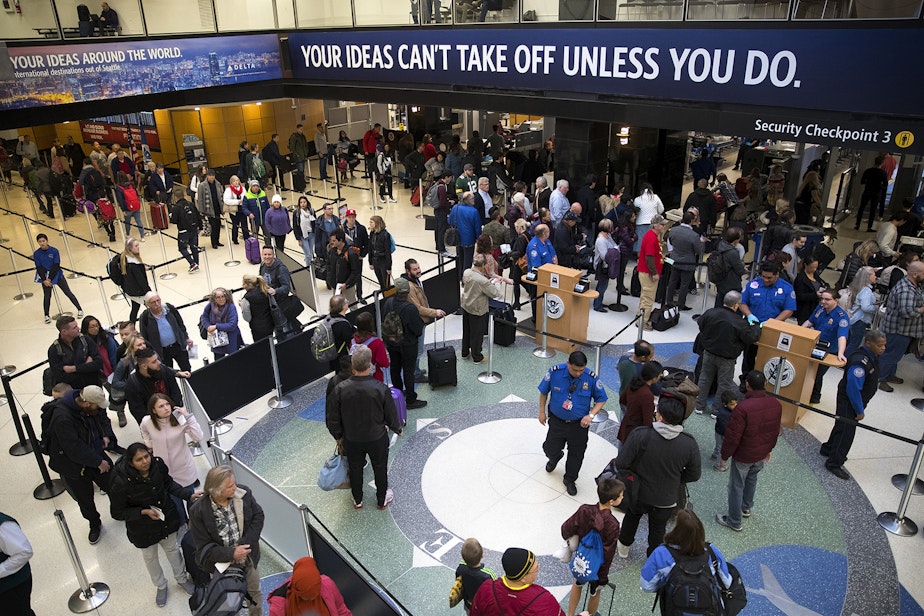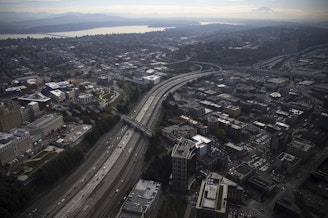Facial recognition is coming soon to Sea-Tac airport

Sea-Tac’s new International Arrivals Facility is being wired for facial recognition. International passengers could see it in use at Delta's international gates by the end of the year.
Federal authorities are driving this change.
Customs and Border Protection wants to use it to confirm passengers’ identities.
The Port of Seattle says it is partnering with the agency to build it into the new terminal, which is expected to open next August.
“This is automating a check that exists today,” said John Wagner with Customs and Border Protection. “We’re doing it in a time and place where they would normally present their physical passport.”
Wagner said facial recognition is efficient and may help with Sea-Tac’s long lines and with travelers fumbling for passports.
But it is unregulated technology, and next month the Port of Seattle Commission discusses guiding principles for its use.
Sponsored
Those principles do not apply to federal agencies, however. For example, CBP expects airlines to use facial recognition on outbound international passengers. Any guidelines set by the port could affect these airlines, though the airlines would still be required to comply with federal regulations.
Delta Airlines says it wants to have its facial recognition technology in use at international boarding gates by the end of the year.
CBP says the images generated by the facial recognition technology in the new terminal as well as by the technology airlines set up at gates will be fed into a Homeland Security database called IDENT, which can be accessed by other federal agencies if they have grounds to do so.
Images of non-citizen travelers taken by facial recognition cameras that land in IDENT stay there for 75 years.
Images of American citizens taken with facial recognition technology are removed from the system after 12 hours, Wagner said.
Sponsored
The system is voluntary: Travelers can refuse facial recognition and clear up problems with the technology by presenting their passport to an agent — the same way they do now.
The Transportation Security Administration says it is testing facial recognition for domestic travel as well.
Correction, Dec. 2, 2019: An earlier version of this story misidentified the federal agency that holds the database where images taken by facial recognition technology reside. That agency is the Department of Homeland Security. The story also did not make clear that federal regulations trump Port of Seattle guidelines on the use of facial recognition technology.



